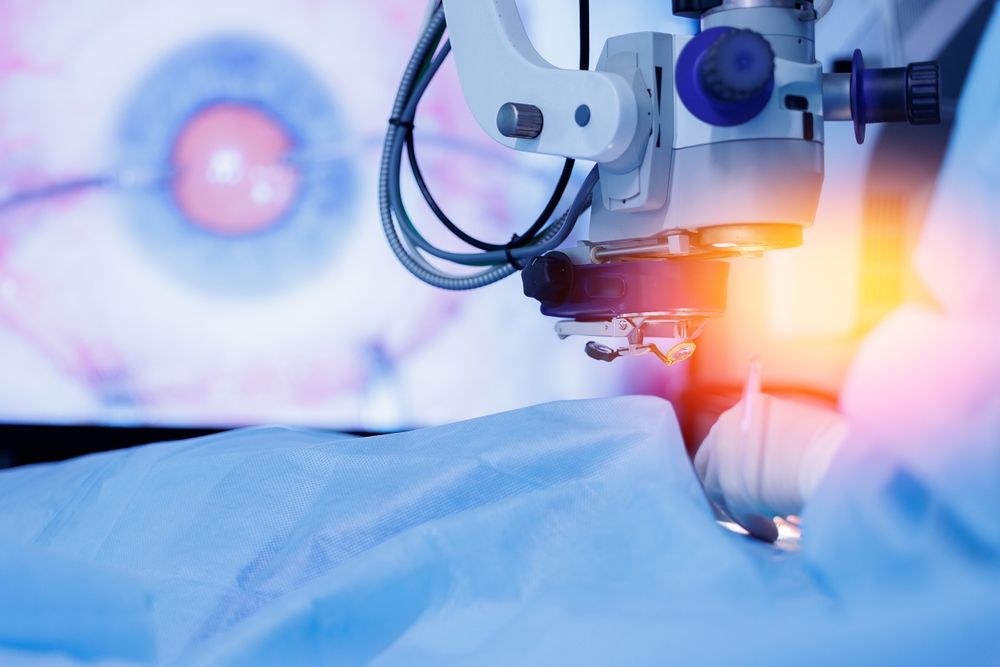
Photorefractive keratectomy (PRK) is a popular laser eye surgery designed to correct vision by reshaping the cornea. It’s a safe and effective option for individuals who may not be candidates for LASIK. Understanding what to expect during the process can help ease any concerns and prepare you for the journey to clearer vision. Here’s a step-by-step breakdown of PRK surgery and what you can expect at each stage.
Consultation and Pre-Surgery Evaluation
Before the procedure, you’ll have a comprehensive consultation with your eye doctor. During this evaluation, the doctor will review your medical and vision history, assess your eye health, and perform tests to determine if PRK is the best solution for your vision needs. This is also the time to ask questions and discuss your expectations.
If you’re a good candidate, your doctor will provide pre-surgery instructions, such as stopping the use of contact lenses several days before the procedure to allow your cornea to return to its natural shape.
Preparing for the Procedure
On the day of surgery, you’ll be asked to avoid wearing makeup, lotions, or perfumes. Upon arrival at the surgical center, numbing eye drops will be applied to ensure your comfort. You’ll also receive a mild sedative to help you relax.
The doctor will then place a speculum to gently hold your eyelids open, preventing blinking during the procedure.
Removing the Corneal Epithelium
PRK differs from LASIK in one major way: the corneal epithelium (the thin, outermost layer of the cornea) is removed during PRK. This allows the laser to access the corneal tissue for reshaping. The removal can be done using a brush, blade, or alcohol solution, and the process typically takes just a few seconds.
Reshaping the Cornea
Once the epithelium is removed, an excimer laser is used to reshape the cornea. This precise laser technology removes microscopic layers of tissue to correct refractive errors such as nearsightedness, farsightedness, or astigmatism. The laser is guided by a pre-determined treatment plan created during your consultation, ensuring personalized and accurate results.
After the cornea has been reshaped, a special bandage contact lens is placed over the eye. This lens helps protect the eye as the epithelium heals and minimizes discomfort during the recovery period.
Post-Surgery Recovery
The recovery process for PRK is slightly longer than LASIK due to the time needed for the corneal epithelium to regenerate. Most patients experience some discomfort, light sensitivity, and blurry vision for the first few days. Your doctor will prescribe medications, including eye drops and pain relievers, to help manage these symptoms.
During this time, it’s important to follow your doctor’s post-operative instructions closely, which may include resting your eyes, avoiding strenuous activities, and attending follow-up appointments.
Follow-Up Care and Results
Over the next few weeks, your vision will gradually improve as your eyes heal. You’ll have multiple follow-up appointments to monitor your progress and ensure everything is healing properly. Full visual clarity can take several weeks to a few months, but the results are typically long-lasting and life-changing.
Your Journey to Clearer Vision Starts Here!
PRK surgery offers a reliable and effective way to achieve clearer vision, especially for those who may not be ideal candidates for LASIK. By understanding the step-by-step process, you can approach your surgery with confidence and prepare for a smooth recovery.
If you’re ready to explore whether PRK is the right choice for you, schedule a consultation with Lone Star Vision at our office in Plano or Celina, Texas. Please call (972) 378-4104 or (972) 382-2020 to book an appointment today.







